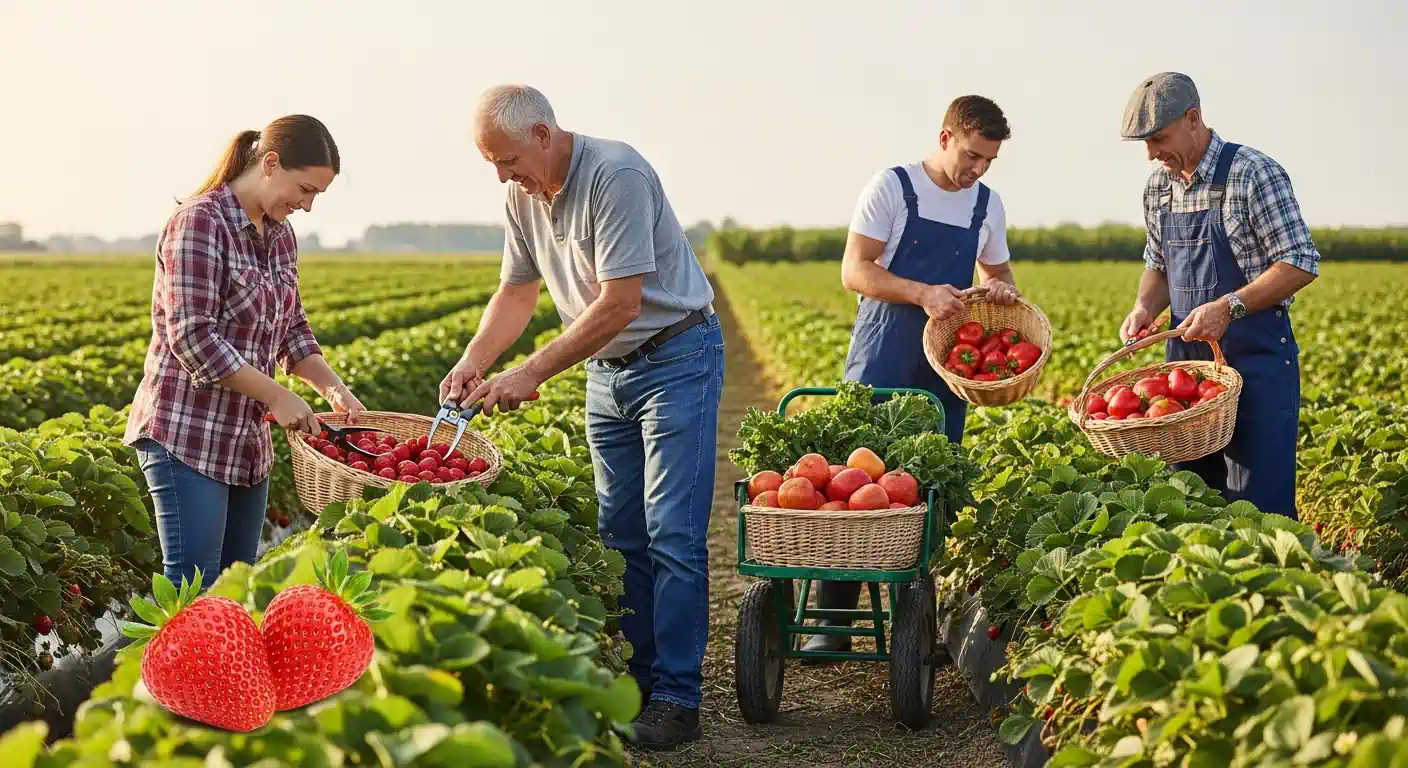From Seed to Success: A Modern Planting Guide

From seed selection to nurturing your harvest, this modern planting guide provides the essential steps for maximizing your gardening success. We cover everything from choosing the right seeds and preparing the soil to post-harvest care. Learn how to cultivate a thriving garden and enjoy the fruits (and vegetables!) of your labor.
Key Points:
- Seed selection and preparation
- Soil optimization techniques
- Effective watering and fertilization
- Pest and disease management
- Post-harvest care
From Seed to Success: Mastering Seed Selection
Choosing the right seeds is the foundation of a successful garden. Consider your climate, soil type, and available space when selecting seeds. High-quality seeds from reputable suppliers are more likely to germinate and produce healthy plants. Research disease-resistant varieties to minimize potential problems later on. Proper seed starting techniques, including providing adequate moisture and warmth, can significantly improve germination rates.
From Seed to Success: Soil Preparation and Planting Techniques
Preparing the soil is crucial for providing the necessary nutrients and support for plant growth. Soil testing can help determine the pH level and nutrient content of your soil. Amend the soil with organic matter, such as compost or aged manure, to improve its structure and fertility. Proper planting depth and spacing are essential for optimal growth. Follow seed packet instructions for specific guidelines.
Optimizing Your Planting Strategy for Maximum Yield
Employing efficient planting strategies can maximize your yield. Succession planting, where you sow seeds at intervals, can ensure a continuous harvest. Companion planting, which involves strategically planting different species together, can deter pests and improve growth. Utilizing trellises and other supports can help maximize space and promote healthy plant development.
From Seed to Success: Watering, Fertilizing, and Pest Control
Consistent watering is vital for plant growth, especially during dry periods. Deep watering encourages strong root development, while avoiding overwatering prevents root rot. Fertilize your plants regularly with a balanced fertilizer to provide essential nutrients. Monitor your plants for pests and diseases, and take action promptly to prevent widespread damage. Consider using natural pest control methods whenever possible.
Protecting Your Plants from Common Pests and Diseases
Prevention is the best approach to pest and disease management. Regular inspection of your plants can help identify problems early on. Rotating crops can help prevent the buildup of pests and diseases in the soil. Introducing beneficial insects, such as ladybugs, can help control pest populations naturally.
Post-Harvest Care: Extending the Life of Your Harvest
Proper post-harvest care is essential for preserving the quality and extending the shelf life of your produce. Harvesting at the optimal time ensures peak flavor and nutritional value. Handle your produce gently to avoid bruising or damage. Store your harvest in a cool, dry place to prevent spoilage.
Differentiated Content:
- Data-Driven Planting: Utilize soil sensors and weather data to optimize watering and fertilization schedules for your specific microclimate. This precision approach minimizes waste and maximizes yield. (Source: "Smart Farming Technologies for Improved Crop Management," Agricultural Technology Journal, 2024)
- Vertical Gardening for Small Spaces: Maximize your growing space with vertical gardening techniques. This modern approach allows you to cultivate a variety of plants even in limited areas. (Source: "Urban Gardening Innovations," Green Living Magazine, 2023)
Internal Linking Strategy:
- Learn more about soil health in our comprehensive guide on soil preparation: (Category link: /categories/soil-health)
- Discover effective pest control methods in our article on organic gardening: (Article link: /articles/organic-gardening-tips-for-pest-control)
- Explore different watering techniques to optimize plant growth: (Article link: /articles/watering-techniques-for-a-thriving-garden)
FAQ Section:
Q1: How often should I water my seedlings? A1: Seedlings require consistent moisture. Water them lightly but frequently, keeping the soil moist but not soggy. The frequency will depend on factors like temperature and humidity.
Q2: When is the best time to fertilize my plants? A2: Fertilize your plants regularly throughout the growing season, following the instructions on your chosen fertilizer. Generally, it's best to fertilize after watering to prevent burning the roots.
Q3: How can I prevent pests from damaging my plants? A3: Regularly inspect your plants for signs of pests. Encourage beneficial insects and practice crop rotation. Consider using natural pest control methods like insecticidal soap.
Q4: What's the best way to store my harvested vegetables? A4: Store your vegetables in a cool, dry place away from direct sunlight. Different vegetables have specific storage requirements, so research the best methods for each type.
Call to Action:
Ready to start your planting journey? Share your gardening tips in the comments below! Subscribe to our newsletter for more gardening advice and updates. For further reading, explore our resources on companion planting and organic gardening techniques. Happy gardening!
Timeliness and Scalability:
This article was published on 2025-09-25. Information regarding planting techniques and best practices can evolve. We recommend reviewing and updating this guide annually to reflect the latest research and trends.
Expandable Subtopics:
- Hydroponic Gardening
- Seed Saving Techniques
- Greenhouse Gardening